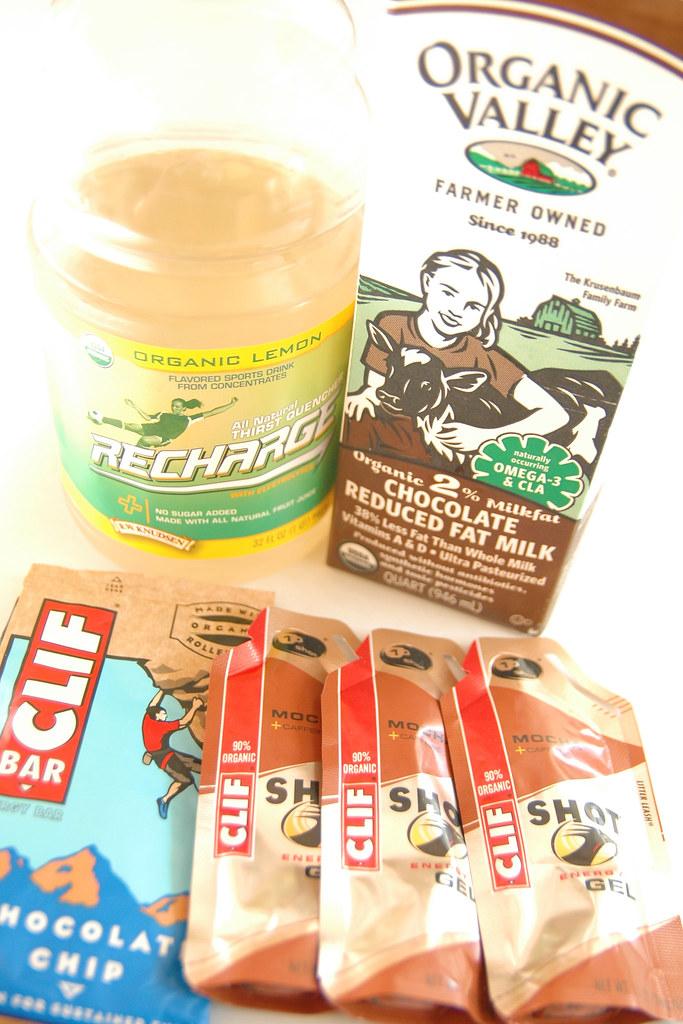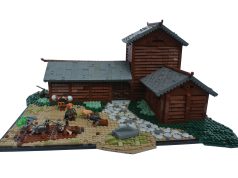Building endurance is a journey, not a sprint. Whether you’re looking to run that extra mile, conquer a challenging hike, or simply feel more energetic throughout the day, enhancing your endurance can open up a world of possibilities. However, it’s important to recognize that this process requires patience, commitment, and a bit of self-compassion. In this article, we will explore practical and sustainable tips to help you gradually build your endurance over time. Our approach is grounded in understanding that every individual’s starting point and goals are unique, and the path to improvement should be tailored to your personal pace and needs. So, let’s embark on this journey together, focusing on small, achievable steps that lead to long-lasting results, while always prioritizing your well-being and progress.
Understanding Your Current Endurance Level
Before embarking on your journey to build endurance, it’s crucial to assess where you currently stand. Recognizing your baseline helps tailor your training plan and set realistic goals. Start by evaluating your performance in different physical activities. Consider factors such as the duration you can maintain a steady pace, how quickly you recover, and your overall energy levels during workouts.
- Track Your Progress: Keep a journal or use fitness apps to log your activities. Note the distance covered, time taken, and how you felt during and after each session.
- Listen to Your Body: Pay attention to signals like fatigue, breathlessness, or muscle soreness. These indicators help you understand your limits and when to push or ease off.
- Set Baseline Metrics: Establish metrics such as resting heart rate, maximum heart rate, and perceived exertion levels during exercise. These will guide your improvement over time.
| Activity | Current Level | Target |
|---|---|---|
| Running | 5 km in 30 min | 5 km in 25 min |
| Cycling | 10 km in 45 min | 10 km in 40 min |
| Swimming | 500 m in 20 min | 500 m in 15 min |
Understanding these aspects helps craft a personalized approach to improving endurance, ensuring that each step forward is both safe and effective. Remember, endurance is built over time, and acknowledging your current level is the first step towards achieving your fitness aspirations.

Creating a Consistent and Gradual Training Plan
Building endurance is akin to crafting a masterpiece; it requires patience, precision, and a touch of creativity. The key to success lies in the delicate balance of consistency and gradual progression. Here are some essential elements to consider:
- Start Small: Begin with manageable distances or durations that match your current fitness level. This prevents burnout and injury, setting a solid foundation for growth.
- Incremental Increases: Aim to increase your distance or intensity by no more than 10% each week. This gradual approach helps your body adapt while minimizing the risk of overtraining.
- Rest and Recovery: Incorporate rest days into your plan to allow your body to recover and strengthen. Over time, you’ll notice improved stamina and performance.
Consider the following sample weekly plan to illustrate a balanced approach:
| Day | Activity | Duration |
|---|---|---|
| Monday | Light Jog | 20 minutes |
| Tuesday | Rest or Yoga | – |
| Wednesday | Interval Training | 30 minutes |
| Thursday | Rest | – |
| Friday | Steady Run | 25 minutes |
| Saturday | Cross-Training | 45 minutes |
| Sunday | Rest | – |
Remember, endurance is not built overnight. Embrace the journey, listen to your body, and adjust your plan as needed. Celebrate each milestone, knowing that every step forward is a testament to your commitment and resilience.

Incorporating Rest and Recovery for Sustainable Progress
To truly enhance endurance, it’s essential to recognize the pivotal role that rest and recovery play in any training regimen. While pushing boundaries can lead to impressive gains, neglecting recovery can cause burnout or injury. Here’s how you can weave rest and recovery into your routine for lasting progress:
- Prioritize Sleep: Ensure you’re getting 7-9 hours of quality sleep each night. Sleep is when your body repairs itself, builds muscle, and consolidates the mental aspects of training.
- Active Recovery Days: Engage in low-intensity activities like yoga, swimming, or walking. These activities increase blood flow to muscles, aiding in faster recovery without adding stress.
- Listen to Your Body: Your body often signals when it needs rest. Be attentive to signs of fatigue, soreness, or mood changes and adjust your training accordingly.
| Recovery Technique | Benefits |
|---|---|
| Foam Rolling | Reduces muscle tightness and increases flexibility |
| Hydration | Supports metabolic functions and reduces muscle cramps |
| Nutrition | Provides essential nutrients for muscle repair |

Fueling Your Body with the Right Nutrition
Building endurance is not just about pushing your physical limits but also about ensuring your body is fueled with the right nutrients. Here are some essential tips to help you nourish your body effectively:
- Carbohydrates are Your Friend: Carbs are the primary fuel source for endurance activities. Opt for complex carbohydrates like whole grains, oats, and sweet potatoes to maintain energy levels over long periods.
- Protein for Recovery: Incorporate lean proteins such as chicken, fish, and legumes to aid muscle repair and growth. A balanced protein intake helps reduce muscle soreness and improves recovery times.
- Stay Hydrated: Water is crucial for all bodily functions, especially during endurance training. Keep a water bottle handy and consider electrolyte-rich drinks if you’re sweating excessively.
Here’s a quick overview of a balanced meal plan for endurance training:
| Meal | Components | Benefits |
|---|---|---|
| Breakfast | Oatmeal, Banana, Almond Milk | High in carbs and potassium, perfect for morning energy |
| Lunch | Grilled Chicken Salad, Quinoa | Protein-packed and rich in fiber |
| Dinner | Salmon, Sweet Potato, Steamed Broccoli | Omega-3s and complex carbs for muscle repair |
Remember, consistency is key. By making small, sustainable changes to your diet, you’ll gradually build the endurance you need to achieve your fitness goals. Listen to your body and adjust your nutrition as needed to find what works best for you.








































